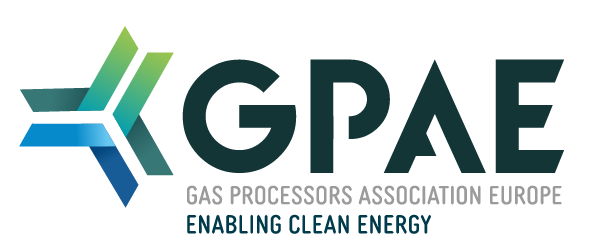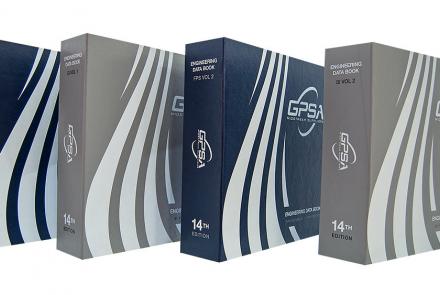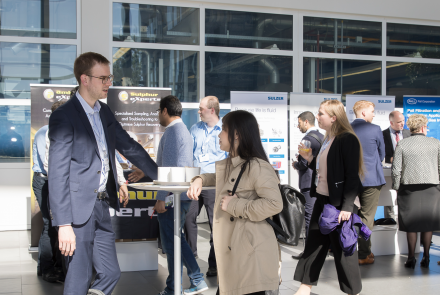Order your copy of the The GPSA Engineering Databook. The 14th edition is almost 1,000 pages of technical information and is the worldwide authoritative resource for technical and design information.
Mercury Removal from Wet Natural Gas
Presented at 10th Continental Meeting, Paris, June 199 byY. Barthel, C. Cameron, F. Gracco, P. Sarrazin, IFP, A. Orieux, Procatalyse
Mercury contamination is considered to be a "critical severity" risk with a "frequent to probable" probability of occurrence [1]. On a risk factor scale from 1 to 9 (9 = very low risk), the lack of a properly placed and operating mercury trapping unit in natural gas plants, petrochemical and refinery complexes is considered to be a 2 to 3 risk factor. Thus safety management in the design and operation of gas, LNG, refinery and petrochemical facilities, which operate with mercury tainted feeds, strongly recommends the implementation of known protective measures to lower the risk factor. The quantification of mercury in natural gas was not systematically carried out before the early 1980's. The costly consequences of undetected mercury has lead to tong shutdown times due to corrosion of cryogenic equipment at several sites where low temperature operations are required, for example in Algeria, Thailand, Indonesia and the United States. In addition, the upgrading of mercury contaminated natural gas condensates by steam cracking has lead to severe mercury poisoning of down-stream olefin hydrogenation catalysts in many countries throughout the world, see for example ref.[2]. The first example of a well known, identified mercury corrosion problem at a natural gas plant occurred on a coil heat exchanger of a liquefaction train at the Skikda, Algeria natural gas processing plant in 1974. Sonatrach has resolved the problem of corrosion on the cryogenic train by passing clean, dry, heated natural gas (70°C) through the cryogenic section to desorb mercury before shut-downs [3]. Mercury has been known to be present in the Groningen (Holland) gas fields for over 20 years [4-7]. The Hg concentration was reported to be of the order of 180 j.tg/Nm3. Severe corrosion problems have been encountered on the gates and stems of wellhead valves. At the time, carbon dioxide was considered to be the corrosive material in the gas feed; however, it is more than likely that mercury has catalyzed the corrosion of certain metal components in the steel.
Past Paper Download
Price
£50.00
Variations
Quick Links
My Licences
You have not purchased any GPA Europe Membership yet.
Visit our Membership area to select the Membership that is right for you and checkout.



